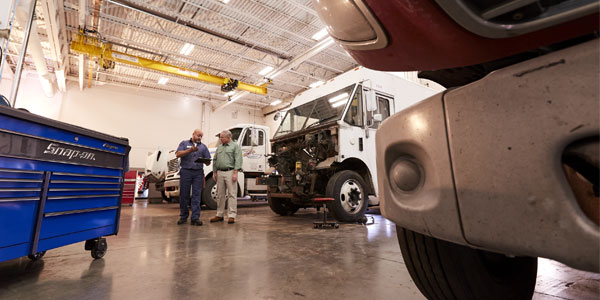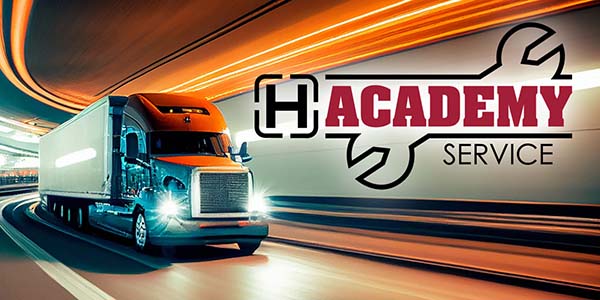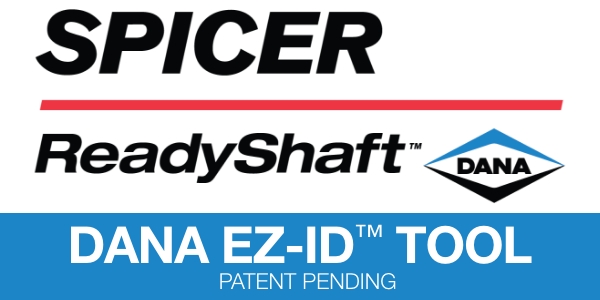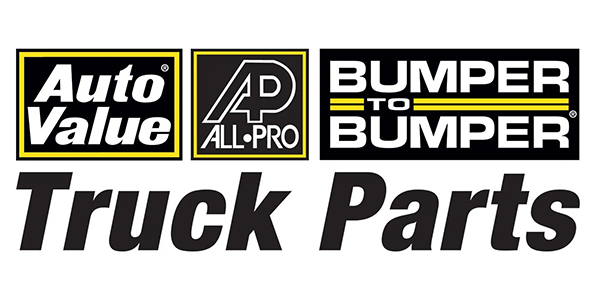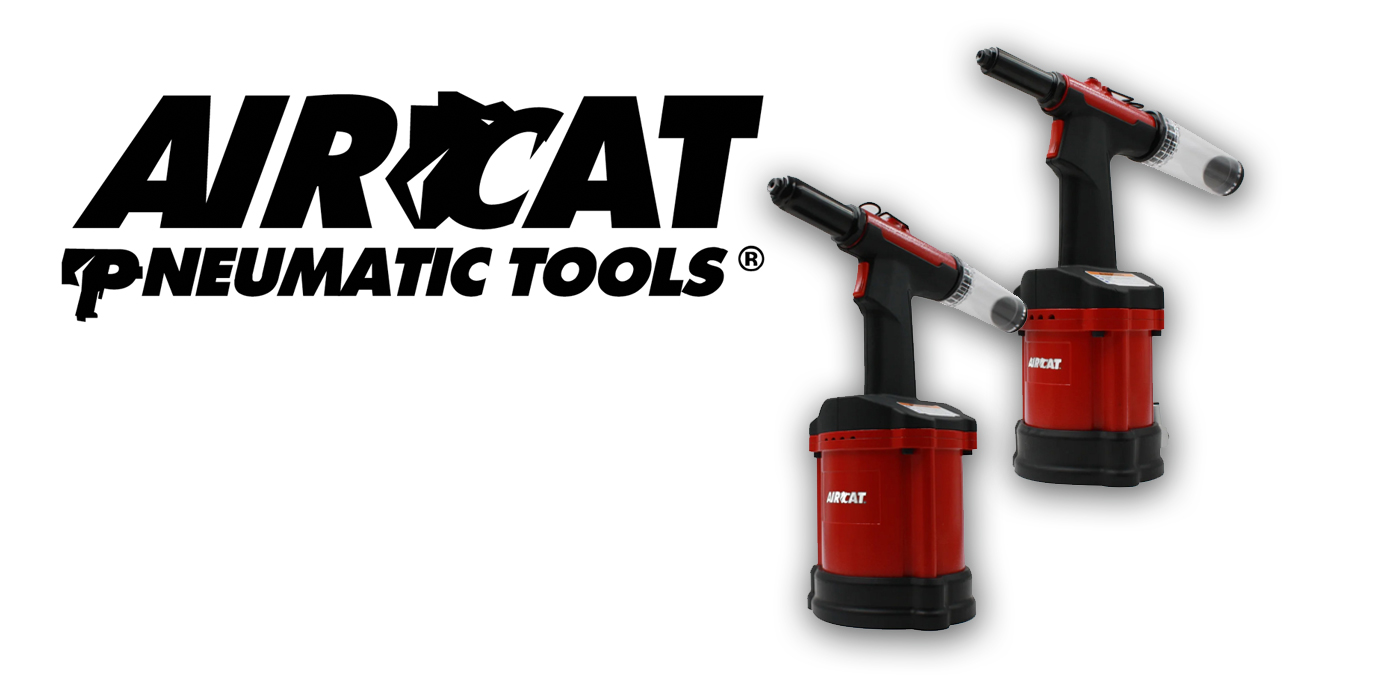“Great! How much is that going to cost me?”
You’ve thought it, you’ve probably even said it, and while dealing with truck maintenance costs isn’t fun, it’s just a fact of fleet life. Running on the open road means dealing with the unpredictable.
If you’re running a heavy-duty repair shop, you need to make fleet costs as manageable as possible. Fleet managers know that there’s a cost to doing maintenance business, and being able to plan for it makes the cost easier to swallow than first-glance sticker shock. That goes double in an era when contract maintenance comes with complicated labor rates.
As a heavy-duty repair shop you have to cover your own operational costs and stay competitive. It’s hard enough in a typical market, but even more difficult when faced with uncertainty. What’s the shop down the street charging? How are your technicians performing? Are they finishing jobs at the right pace for your shop to stay profitable?
These are questions that are best answered with facts, not just your gut. Like many things in today’s technology-driven trucking industry, there are data-driven solutions that can lead to answers. Consider labor time estimates—truck service software solutions can collect shop data such as repair workflow and technician job turn times, converting unknown variables into known opportunities. Mitchell 1’s TruckSeries truck repair information software crunches the numbers to tell you industry standard labor times, allowing you to benchmark your technicians’ performance to find value.
“Mitchell 1 has been developing labor times for decades using a proven methodology,” said Kristy LaPage, business manager for TruckSeries, Mitchell1. “Our team of ASE certified labor editors have extensive experience working in the trucking industry. They leverage their mechanical knowledge with multiple resources like field research, time studies and industry-recommended practices to establish labor times based on how long it should take an average technician to complete a repair under average conditions.”
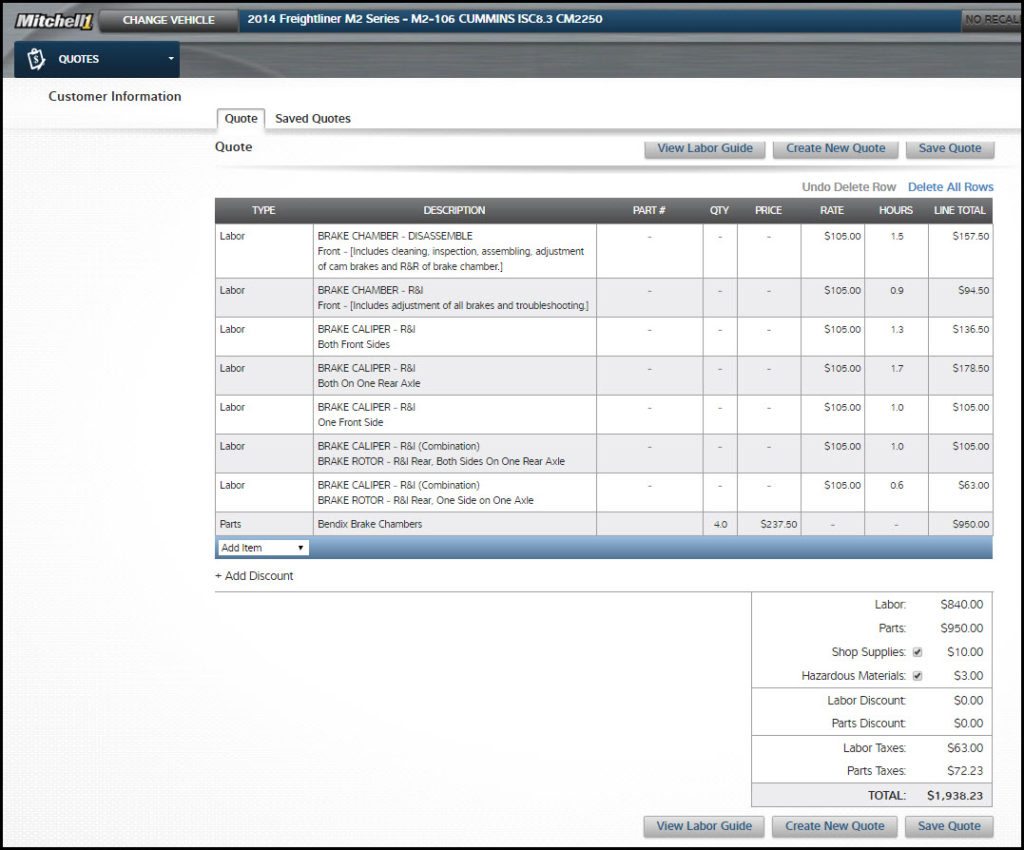
Click here to learn more about the truck labor estimating capabilities of Mitchell 1 TruckSeries.
Through the Labor Guide in TruckSeries, technicians can pinpoint specific components and operations and then access the labor times associated with the repair and/or replacement of each. “The shop can make adjustments to our times, as we know that conditions can vary and not all jobs are created equal,” continued LaPage. “Our labor times are meant to be a guide and to give both the shops and the end customer a realistic view on how long the job should take under normal circumstances.” The actual time taken may vary depending on various factors that can include everything from technician experience to vehicle conditions, equipment used and even climate.
In the case of Mitchell 1 TruckSeries, the repair information covers all makes and models of Class 4-8 trucks, for model years 1990 to current, with repair categories that include engines, brakes, electrical, HVAC, steering, suspension, transmission, driveline and axles, accessories. Not only can it offer you a window into your own service operations, but you can pass that transparency onto your customers to provide them with increased service cost predictability.
Mitchell 1 TruckSeries lets you format personalized commercial truck repair estimates that can display customized labor rates for different customer types or service operations. The system’s intuitive navigation makes generating accurate estimates easy and secure. Identify the year/make/model, choose your labor operations, add parts if applicable, and then send it off to your fleet customer or internal operations partners.
This article was sponsored by Mitchell 1.

